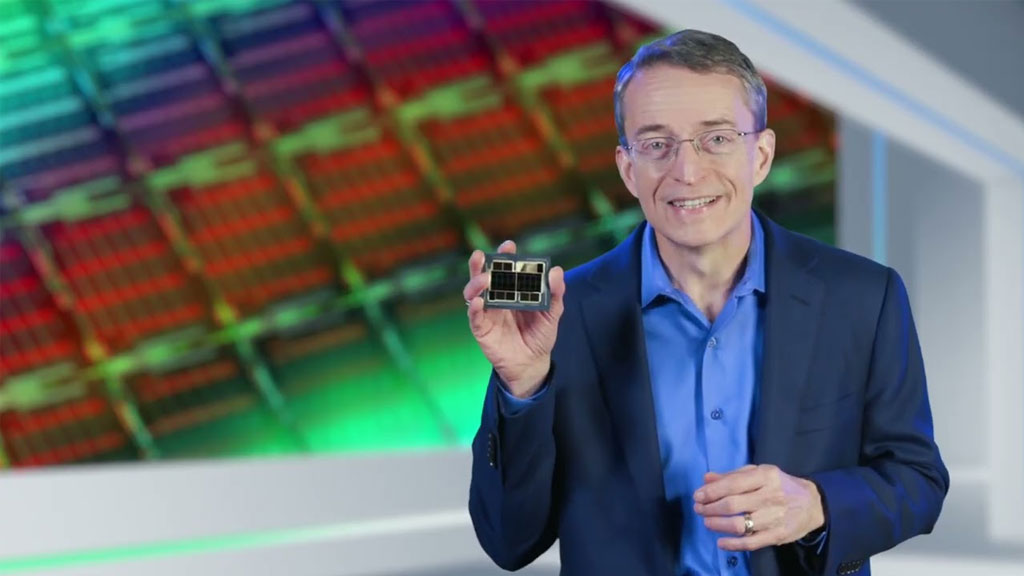Intel CEO reacts to Grace, Nvidia's first data center CPU: 'We're on offense, not defense'
If Intel is worried about Grace encroaching on its territory, it's not showing it.

Pat Gelsinger is a supremely confident individual who, after replacing Bob Swan at the helm of Intel, is saying all the right things. When Intel announced his hiring as CEO in February, Gelsinger said of the company, "Our best days are in front of us," as Intel aims for CPU dominance. But that was before Nvidia, a stalwart in the GPU space, unveiled its first-ever data center CPU called Grace. Gelsinger had some things to say about that as well.

Best CPU for gaming: the top chips from Intel and AMD
Best graphics card: your perfect pixel-pusher awaits
Best SSD for gaming: get into the game ahead of the rest
"Clearly, I'd say the idea of CPUs is Intel's provenance. We're now building AI [artificial intelligence] into that and we expect this to be an area where we are on the offense, not the defense going forward," Gelsinger told Fortune following a virtual White House summit meeting with President Biden and various CEOs.
Indeed, though the browser was once Microsoft's provenance with Internet Explorer, and though usage of its modern Edge browser is growing at a speedy clip, the field is now dominated by Google. It's not exactly an apples-to-apples comparison, but you get the point.
Should Gelsinger and the gang be worried, though? Grace has some interesting things working for it, like up to 900GB/s of memory bandwidth between the CPU and GPU, via NVLink, to help facilitate highly advanced workloads with more than 1 trillion parameters.
Nvidia believes Grace has the ability to "re-architect the data center" to advance giant-scale AI and HPC (high performance computing). But at least outwardly, Nvidia also acknowledges Grace "will serve a niche segment of computing."
To that end, in a separate Q&A, Nvidia answered a question about whether Grace is built to compete head-to-head with Intel's Xeon CPUs and AMD's Epyc lineup.
"No. Nvidia continues to provide full support to all CPUs—x86, Arm and Power. The Nvidia Grace CPU is designed to be tightly coupled with an Nvidia GPU to remove bottlenecks for the most complex giant model AI and HPC applications," Nvidia said.
The biggest gaming news, reviews and hardware deals
Keep up to date with the most important stories and the best deals, as picked by the PC Gamer team.
Intel, meanwhile, recently launched its 3rd Gen Xeon Scalable Ice Lake-SP lineup for the data center, which qualifies as the company's first 10nm server silicon, and will follow that up with Sapphire Rapids. Both lineups feature integrated AI acceleration.
"In Ice Lake, we have extraordinary expansions in the AI capabilities. [Nvidia is] responding to us. It's not us responding to them. Clearly this idea of CPUs that are AI-enhanced is the domain where Intel is a dramatic leader," Gelsinger said.
So at least on the surface, Intel does not seem phased by Nvidia's move into data center CPUs. Give it a few years and we'll see if that changes.
Paul has been playing PC games and raking his knuckles on computer hardware since the Commodore 64. He does not have any tattoos, but thinks it would be cool to get one that reads LOAD"*",8,1. In his off time, he rides motorcycles and wrestles alligators (only one of those is true).


